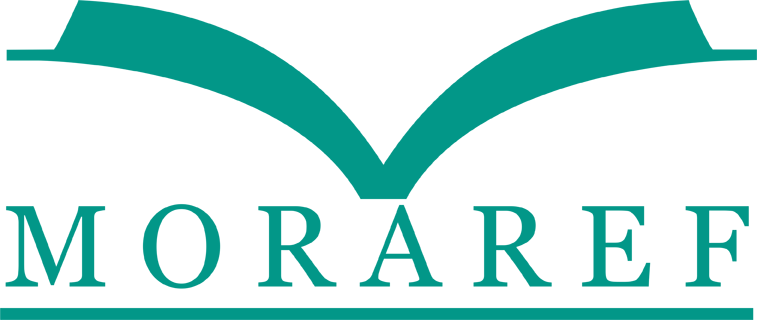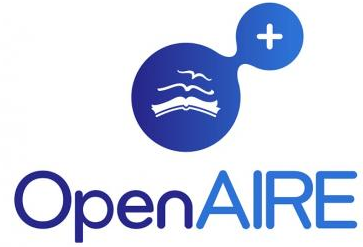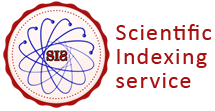Facial Exercise as an Effort to Improve Quality of Life in Elderly People With Xerostomia at Posyandu, Gedawang Village Banyumanik, Semarang
Abstract
ABSTRACT
Background: The function of the organs of the elderly as they get older will decrease (organ degeneration), both due to natural factors and due to disease. An estimated 30% of seniors aged 65 years and older have decreased saliva production. Decreased saliva production causes complaints of dry mouth which is often known as xerostomia. This situation is caused by atrophy of the salivary glands (saliva) which will reduce salivary production and change its composition. The decreased salivary secretion will cause discomfort in the oral cavity, pain, and increased rates of dental caries and oral infections. Facial gymnastics is the act of giving massage to the facial area from top to bottom around the cheeks, mouth, and chin, this activity can stimulate the function of the oral cavity.
Research objective: to analyze the effectiveness of facial exercises on the quality of life of elderly people with xerostomia.
Research Methods: Quasi-experimental with pre-test and post-test design, a sample of 30 elderly people with xerostomia. Facial exercise treatment was carried out for 30 days, measurements were carried out using the Xerostomia Related Quality of Life Scale (XeQoLS). Questionnaires were given before and after treatment.
Results: The results showed that after doing facial exercises there was an increase in salivary secretion from an average of 0.6 ml/per minute to 1.1 ml/per minute, and the results of the paired t-test p-value = 0.000. The majority of respondents had a low quality of life of 53% and after doing facial exercises the majority of respondents had a high quality of life of 57%, with the results of the paired t-test p-value = 0.000. This can happen because the implementation of facial exercises gets mechanical stimulation. The stimulation given can increase the flow of salivary secretion which directly affects the increase in saliva volume. The normal salivary secretion will cause a sense of comfort in the oral cavity, thereby increasing the quality of life of the elderly.
Keywords
Full Text:
PDFReferences
Al Mubarroh NR, Susanto IH, Mustar YS. Aktivitas fisik dan aspek kekhawatiran lansia pada masa pandemi Covid-19. Altius J Ilmu Olahraga dan Kesehat. 2021;10(1):97–111.
Salampessy GR, Mariati NW, Mintjelungan C. Gambaran xerostomia pada kelompok lansia yang menggunakan gigi tiruan di kabupaten Minahasa. e-GiGi. 2015;3(1).
Widodo W, Sumardino S. Pemberdayaan kemampuan lansia dalam deteksi dini penyakit degeneratif. Interes J Ilmu Kesehat. 2016;5(2):230–7.
Kalsum NU, Mujiyati M. Gambaran Xerostomia Pada Kesehatan Gigi Mulut Terkait Kualitas Hidup Pada Lansia. J Kesehat Gigi dan Mulut. 2020;2(2):32–6.
Sutanti V, Prasetyaningrum N, Fuadiyah D, others. Saliva dan Kesehatan Rongga Mulut. Universitas Brawijaya Press; 2021.
Rizqi A, Wibisono G, Ngestiningsih D. Pengaruh pemberian permen karet yang mengandung xylitol terhadap penurunan keluhan pada lansia penderita xerostomia. J Kedokt Diponegoro. 2013;2(1):109397.
Lastrucci L, Bertocci S, Bini V, Borghesi S, De Majo R, Rampini A, et al. Xerostomia Quality of Life Scale (XeQoLS) questionnaire: validation of Italian version in head and neck cancer patients. Radiol Med. 2018;123:44–7.
Indriana T. The Relationship Between Salivary Flow Rate And Calcium Ion Secretion In Saliva. Stomatognatic-Jurnal Kedokt Gigi. 2015;7(2):129–31.
Ariyanti R, Preharsini IA, Sipolio BW. Edukasi Kesehatan Dalam Upaya Pencegahan dan Pengendalian Penyakit Hipertensi Pada Lansia. To Maega J Pengabdi Masy. 2020;3(2):74–82.
Sulistiani S, Wahyudi S, Nurwanti W. Senam Wajah Terhadap Kecepatan Aliran Saliva Pada Lansia Sebagai Upaya Pencegahan Xerostomia: Facial Exercise On The Flow Velocity of Saliva In The Elderly As Xerostomia Prevention Effort. JDHT J Dent Hyg Ther. 2021;2(2):58–61.
Munawwarah W, Kurniawati N, Agustina D. Efektivas Mirror Therapy Exercise Terhadap Kemampuan Fungsional Wajah Penderita Facial Palsy: Studi Literatur. Indones J Physiother. 2022;1(2):55–68.
Notoatmodjo S. Metodologi penelitian kesehatan (Cetakan VI). Jakarta Penerbit PT Rineka Cipta. 2012;
Ibayashi H, Fujino Y, Pham T-M, Matsuda S. Intervention study of exercise program for oral function in healthy elderly people.
Tohoku J Exp Med. 2008;215(3):237–45.
Manurung AKW, Wibisono G. Pengaruh xerostomia terhadap kesehatan gigi dan mulut terkait kualitas hidup pada usila. J Kedokt Diponegoro. 2012;1(1):110985.
Syamson MM, others. Analisis Xerostomia terhadap Kesehatan Gigi dan Mulut Terkait Kualitas Hidup pada Lansia di Desa Mattombong Kecamatan Mattiro Sempe Kabupaten Pinrang. Media Kesehat Gigi Politek Kesehat Makassar. 2019;18(1).
Ligtenberg AJM, Brand HS, van den Keijbus PAM, Veerman ECI. The effect of physical exercise on salivary secretion of MUC5B, amylase and lysozyme. Arch Oral Biol. 2015;60(11):1639–44.
DOI: https://doi.org/10.31983/jkg.v10i1.9542
Article Metrics
Refbacks
- There are currently no refbacks.
| View My Stats |











.png)


.png)
.png)








